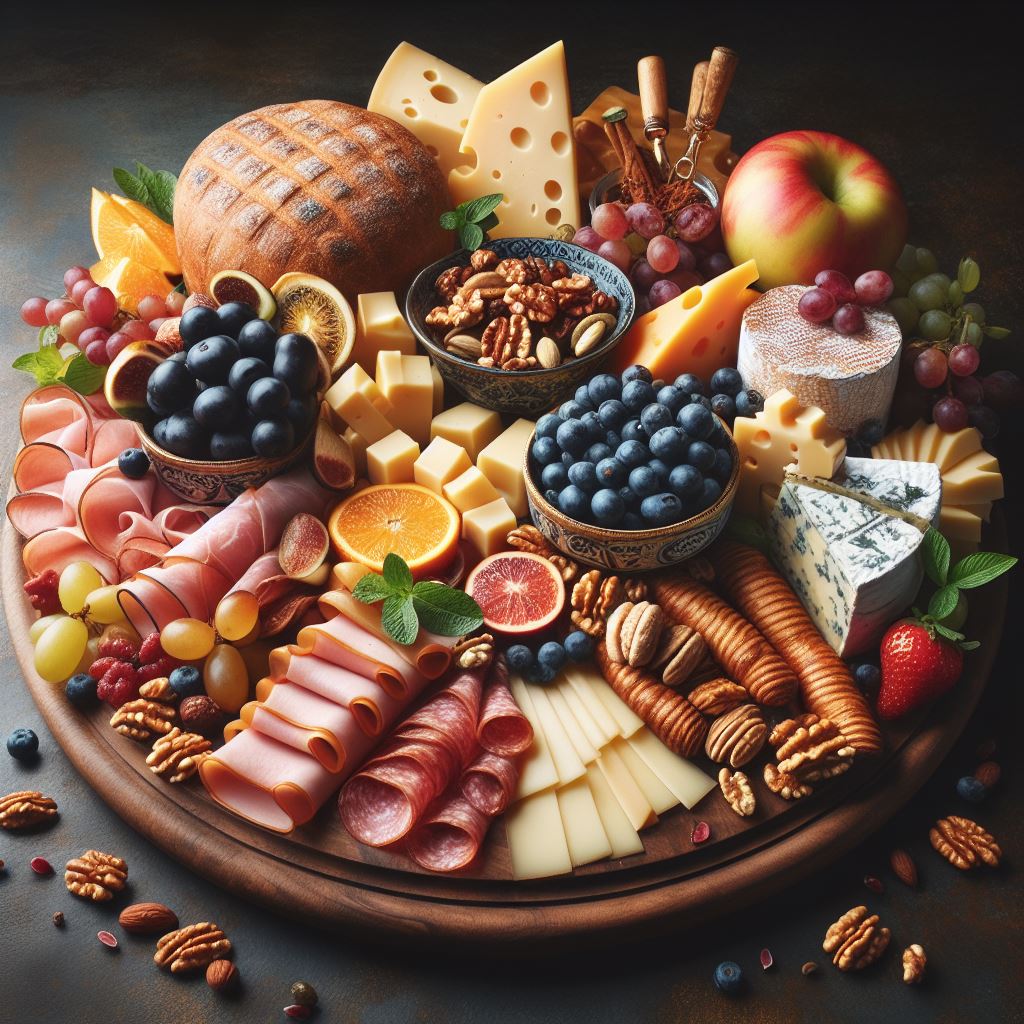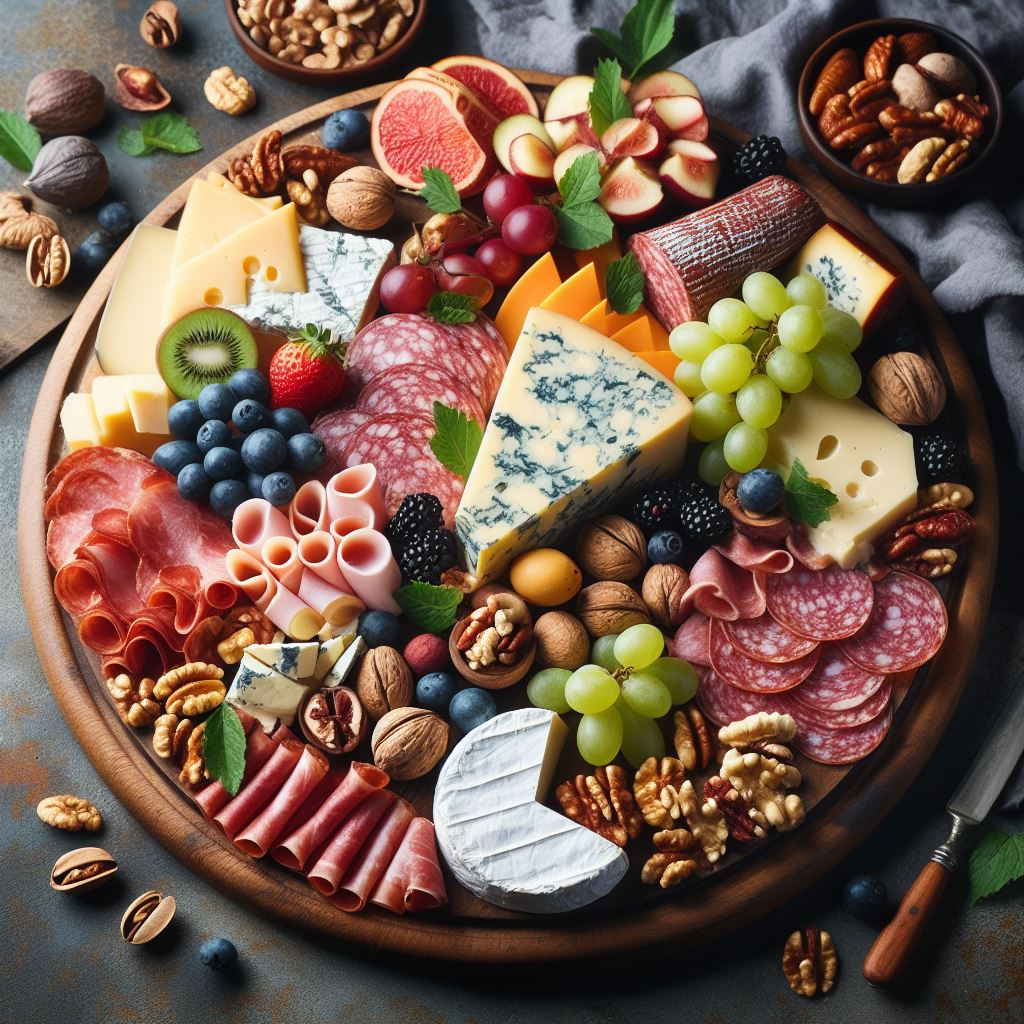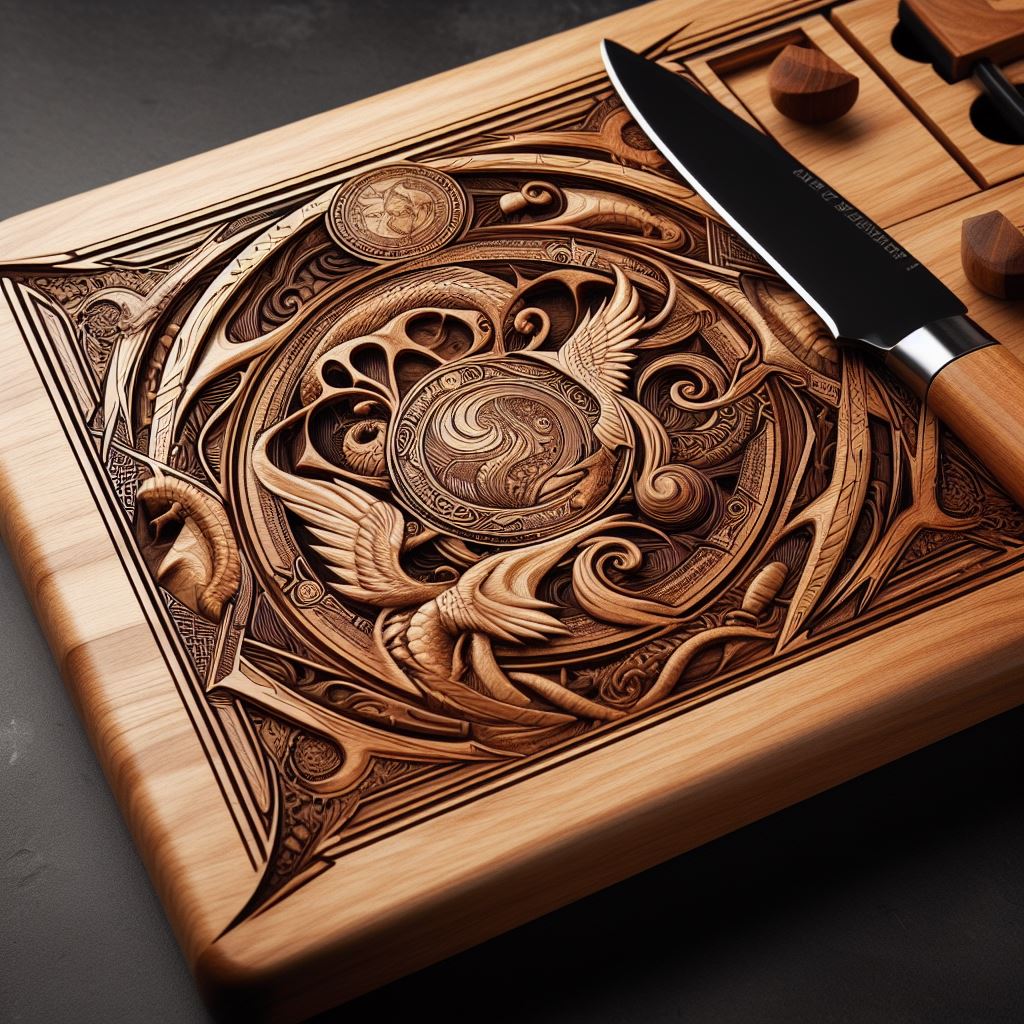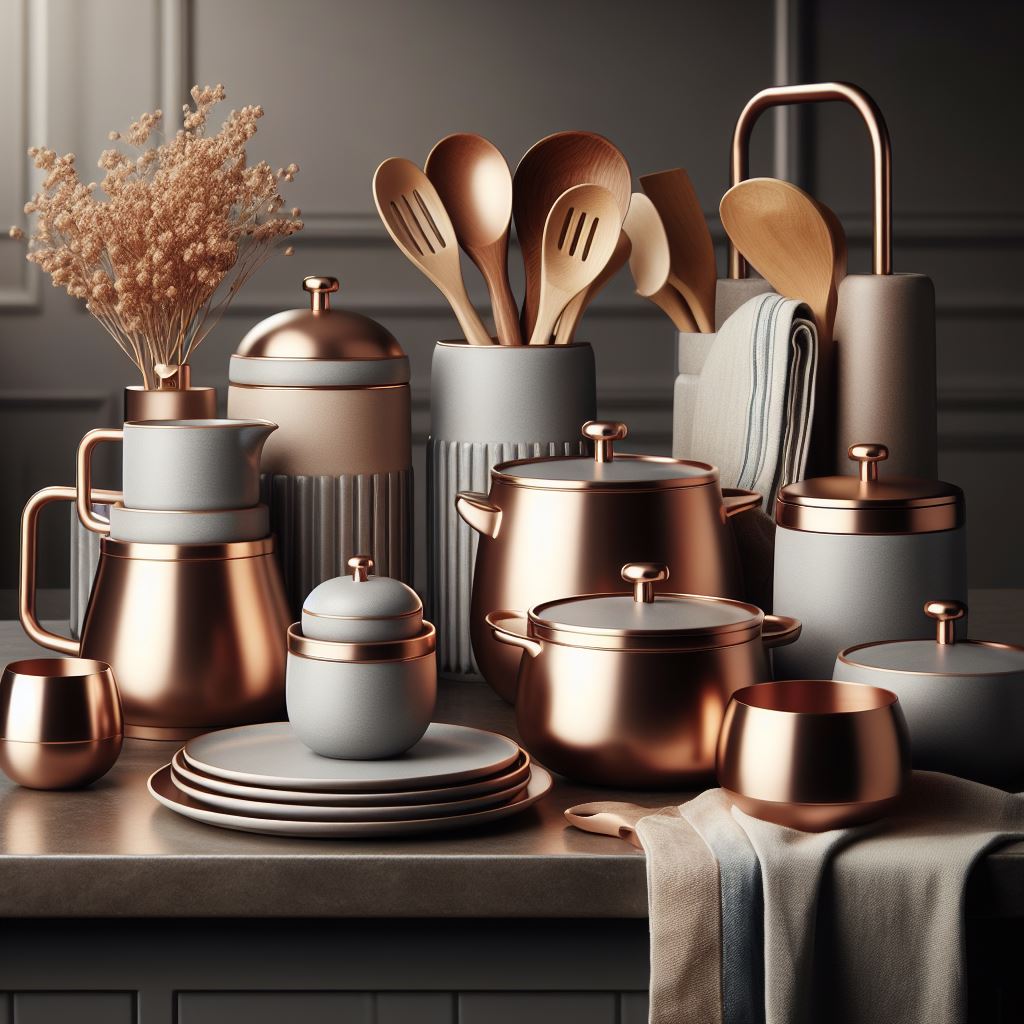Feng Shui, an ancient Chinese practice, focuses on harmonizing individuals with their surrounding environment. When applied to a kitchen layout, it emphasizes the flow of energy, or chi, to create a space that fosters health, prosperity, and wellbeing. The kitchen, considered the heart of the home, is a focal point for Feng Shui as it plays a vital role in nourishing the body and soul.
One of the fundamental principles of Feng Shui is the balance between the five elements: wood, fire, earth, metal, and water. Each element must be represented in the kitchen to cultivate a balanced and harmonious atmosphere. For instance, incorporating wooden elements can be as simple as using wooden utensils or cutting boards, which we at Frawsted Creations can customize to match your unique style. Send us a message for custom inquiries and to learn more about what we can offer!
Moreover, the placement of the kitchen within the home is critical. Ideally, the kitchen should be located in the southern or eastern part of the house, aligning with the fire and wood elements. Additionally, the layout within the kitchen should promote a smooth flow of energy, avoiding obstructions that might impede movement and energy circulation.
Understanding and implementing these basic principles of Feng Shui can transform your kitchen into a space of nourishment and joy. Stay tuned as we delve deeper into specific tips and strategies to optimize your kitchen layout for Feng Shui.
Importance of Kitchen in Feng Shui

The kitchen holds a place of paramount importance in Feng Shui, serving as a symbol of health, wealth, and prosperity. It's often referred to as the heart of the home because it is where food is prepared, which directly affects the physical health and energy levels of the household members. A well-organized and energetically balanced kitchen can enhance the wellbeing of the entire family.
In Feng Shui, the stove is considered the most crucial element in the kitchen. It represents the fire element, which is vital for cooking food and transforming raw ingredients into nourishing meals. The stove should be placed in a commanding position, allowing the cook to see the door while preparing food. This placement ensures the cook feels safe and in control, which translates to positive energy in the meal preparation process.
Additionally, the kitchen's cleanliness and organization are essential. Clutter disrupts the flow of energy and can lead to feelings of stress and chaos. Keeping the kitchen tidy, with designated spots for each item, helps maintain a smooth energy flow, fostering a serene and productive environment.
Besides physical health, the kitchen also influences financial success. In Feng Shui, a well-maintained and vibrant kitchen is believed to attract wealth and abundance. Regularly using all burners on the stove symbolizes the activation of wealth-generating opportunities, ensuring that energy does not stagnate.
By understanding the significance of the kitchen in Feng Shui, you can start making mindful changes that will positively impact your home and life. In the following sections, we will explore practical tips and design strategies to optimize your kitchen layout for harmony and prosperity.
Best Kitchen Layouts for Positive Energy
When it comes to optimizing your kitchen layout for positive energy, Feng Shui offers several guiding principles to ensure a harmonious and balanced space. The layout of your kitchen can significantly influence the flow of energy, affecting everything from how you feel while cooking to the overall atmosphere of your home.
One of the key aspects of a Feng Shui kitchen layout is the placement of the stove, sink, and refrigerator, often referred to as the kitchen triangle. These three elements should be positioned in a balanced triangle to create an efficient and harmonious workflow. This arrangement prevents any clashes between the elements of fire (stove) and water (sink and refrigerator), which can create tension and disrupt the flow of positive energy.
Another crucial factor is the positioning of the stove. Ideally, the stove should not be directly opposite the sink or refrigerator, as this creates a direct conflict between fire and water elements. Instead, they should be placed diagonally or in a way that there is some space or a countertop between them. Also, avoid placing the stove under a window or directly in line with the kitchen door, as this can lead to energy loss.
In addition to the placement of major appliances, the overall layout should encourage a free flow of energy. Open spaces and clear pathways are essential for allowing chi (the life-force energy) to circulate freely. Avoid cluttered countertops and ensure there is ample space for movement, as cramped spaces can lead to stagnant energy and a feeling of discomfort.
Incorporating natural elements such as wood and plants can also enhance the positive energy in your kitchen. Wood elements can be introduced through cabinetry or flooring, while plants can add a touch of nature and vitality. Ensure that your kitchen is well-lit, preferably with a combination of natural and artificial lighting, to keep the environment bright and uplifting.
By thoughtfully arranging your kitchen layout according to these Feng Shui principles, you can create a space that not only looks aesthetically pleasing but also promotes positive energy, health, and prosperity.
Color Schemes to Enhance Kitchen Feng Shui

Choosing the right color scheme for your kitchen is crucial in enhancing its Feng Shui and promoting a harmonious environment. Colors have a profound impact on our emotions and energy levels, and in Feng Shui, they are associated with the five elements: wood, fire, earth, metal, and water. By carefully selecting colors that align with these elements, you can create a balanced and inviting kitchen space.
1. Wood Element: Colors like green and brown represent the wood element and are ideal for kitchens that aim to evoke growth, vitality, and freshness. These colors can be incorporated through cabinetry, countertops, or even small accessories and plants.
2. Fire Element: Red, orange, and strong yellow are the colors of the fire element. These vibrant hues stimulate energy and passion, making them perfect for areas around the stove or as accent colors. However, it's important to use them sparingly to avoid overwhelming the space.
3. Earth Element: Earth tones such as beige, tan, and light yellow bring stability and nourishment. These colors are excellent for creating a warm and cozy atmosphere. Consider using them for walls, flooring, or backsplashes to ground the energy in your kitchen.
4. Metal Element: White, gray, and metallic colors represent the metal element and are associated with clarity, precision, and efficiency. These colors are particularly effective for countertops and appliances, providing a clean and modern look.
5. Water Element: Shades of blue and black symbolize the water element and can introduce calmness and tranquility. These colors work well in moderation, perhaps as part of a backsplash or decorative elements, to prevent the space from feeling too dark.
In addition to these elemental colors, it's essential to consider the overall balance and harmony of the color scheme. A well-balanced kitchen will have a mix of these colors, reflecting the natural harmony of the five elements. For instance, pairing green cabinetry (wood) with white countertops (metal) and a beige backsplash (earth) can create a visually appealing and energetically balanced space.
Lighting also plays a critical role in enhancing the colors in your kitchen. Natural light is the best source, but when that's not possible, opt for warm, inviting artificial lighting to complement and highlight your chosen color scheme.
By thoughtfully selecting and combining colors that resonate with the principles of Feng Shui, you can enhance the positive energy and harmony in your kitchen, making it not only a functional space but also a joyful and inviting one.
Essential Elements for a Balanced Kitchen

Incorporating essential elements into your kitchen layout is vital for achieving a balanced and harmonious environment, according to Feng Shui principles. Ensuring that your kitchen embodies the five elements—wood, fire, earth, metal, and water—creates a space that promotes well-being and positive energy.
1. Wood Element: The wood element symbolizes growth and vitality, and it can be easily integrated into your kitchen through wooden cabinets, cutting boards, and utensils. Additionally, placing green plants or herbs on countertops or windowsills not only adds a touch of nature but also brings the wood element into your space.
2. Fire Element: Representing energy and passion, the fire element is naturally present in the kitchen through appliances like stoves and ovens. To further enhance this element, consider incorporating accessories in red, orange, or yellow. However, balance is key, so avoid overloading the space with too much fire energy.
3. Earth Element: The earth element is associated with stability and nourishment. Earth tones like beige, tan, and light yellow can be introduced through tiles, floor mats, or pottery. Stone countertops and clay pots are excellent ways to ground the kitchen's energy, fostering a sense of warmth and comfort.
4. Metal Element: Clarity and efficiency are the hallmarks of the metal element. Stainless steel appliances, metal fixtures, and utensils are practical and stylish ways to bring this element into your kitchen. Additionally, colors like white, gray, and metallic finishes can enhance the presence of metal, contributing to a sleek and modern look.
5. Water Element: The water element represents calmness and flow. Incorporate this element through reflective surfaces like glass backsplashes or countertops. Shades of blue and black can be used sparingly in decor items or as accent colors. Water features, like a small indoor fountain, can also be a serene addition if space allows.
Maintaining a balance among these elements is crucial. Too much of any one element can disrupt the harmony and energy flow in the kitchen. Aim for a combination that feels natural and balanced, creating a space where all elements coexist peacefully.
Another critical aspect of a balanced kitchen is cleanliness and organization. Clutter can obstruct the flow of positive energy, so it's essential to keep your kitchen tidy and well-organized. Utilize smart storage solutions to ensure that items are easily accessible yet out of sight, preserving the kitchen's aesthetic and functional harmony.
By thoughtfully integrating these essential elements, you can create a kitchen that is not only visually appealing but also energetically balanced, fostering a space that supports your well-being and daily activities.
Common Feng Shui Mistakes to Avoid

While integrating Feng Shui principles into your kitchen layout can significantly enhance harmony and balance, it's equally important to be aware of common mistakes that can disrupt the positive energy flow. Avoiding these pitfalls ensures that your kitchen remains a space of comfort and well-being.
1. Ignoring Clutter: One of the most frequent mistakes is allowing clutter to accumulate. Clutter not only obstructs the flow of positive energy but also creates stress and disorganization. Keep countertops clear and ensure that all items have a designated place. Regularly declutter and organize to maintain a serene environment.
2. Poor Lighting: Insufficient lighting can create a dull and uninviting atmosphere. Ensure your kitchen has ample natural light and supplement with artificial lighting in darker areas. Bright, well-lit spaces encourage a positive and lively energy flow.
3. Misplacing the Stove: In Feng Shui, the stove is a symbol of wealth and nourishment. Placing the stove directly opposite the sink or refrigerator can create a clash between the fire and water elements. Instead, aim for a layout where these elements are not directly confronting each other.
4. Ignoring the Entryway: The kitchen's entryway is crucial for energy flow. A blocked or narrow entrance can hinder the circulation of positive energy. Ensure the entryway is clear and inviting, allowing energy to flow freely into the kitchen.
5. Overlooking Color Balance: Colors play a significant role in Feng Shui. Using too much of one color can create imbalance. For example, an excess of red (fire element) can cause restlessness. Aim for a balanced color palette that incorporates all five elements in harmony.
6. Neglecting Cleanliness: A dirty kitchen can harbor negative energy. Regular cleaning, especially of the stove and sink, is essential to maintain a space that feels fresh and vibrant. Cleanliness is a fundamental aspect of Feng Shui, promoting a healthy and positive environment.
By being mindful of these common Feng Shui mistakes, you can create a kitchen that not only looks beautiful but also feels harmonious and balanced. Each element and detail contributes to the overall energy of the space, supporting your well-being and daily activities.
Send us a message at contact@frawstedcreations.com for custom inquiries and to learn more about what we can offer!

